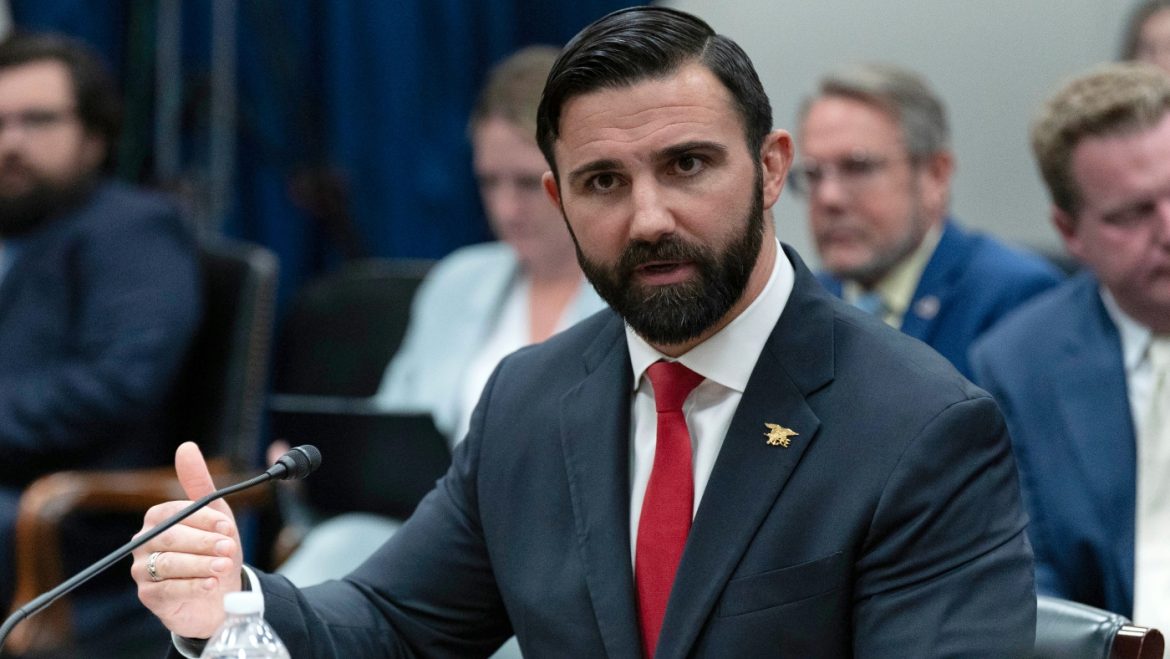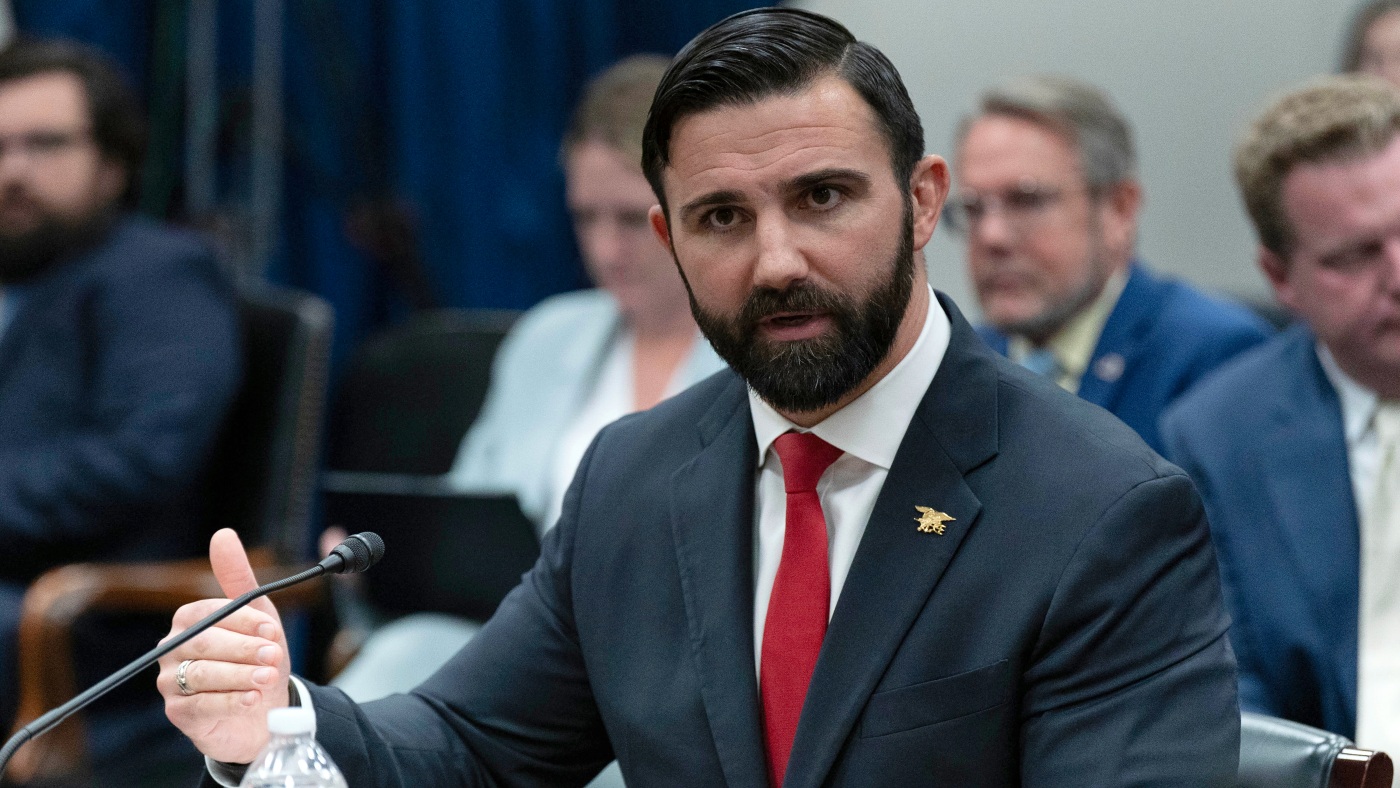The Turmoil at FEMA
The recent dismissal of Cameron Hamilton, the acting director of the Federal Emergency Management Agency (FEMA), has sparked a wave of speculation and concern about the future of the agency. Hamilton’s removal, orchestrated by Homeland Security Secretary Kristi Noem, came just a day after he publicly opposed the idea of eliminating FEMA, a stance that directly contradicted President Trump’s repeated calls to shrink or abolish the agency. This event marks a significant turning point in the ongoing debate about FEMA’s role and future.
Political Tensions and Leadership Changes
The political tensions surrounding FEMA have reached a boiling point. Hamilton, who had led FEMA since January, was known for his strong stance on maintaining the agency’s autonomy and effectiveness. His dismissal has left many questioning the motives behind the move and the potential implications for disaster response in the United States.
David Richardson, a Department of Homeland Security official, has been appointed as the acting administrator to fill the void left by Hamilton’s departure. However, the transition comes at a time when FEMA is already grappling with significant challenges, including staff cuts and a looming disaster season.
Congressional Response and Proposed Reforms
In response to the turmoil, a bipartisan group of House members is drafting a sweeping bill to overhaul FEMA. This legislation aims to expand the agency’s services and counter President Trump’s threats to dismantle it. The proposed bill would ensure that FEMA remains a robust entity capable of responding to a wide range of disasters, from hurricanes to pandemics.
The FEMA Independence Act, introduced by Reps. Jared Moskowitz (D-Fla.) and Byron Donalds (R-Fla.), seeks to make FEMA an independent, Cabinet-level agency. This move would remove FEMA from under the Department of Homeland Security, giving it more autonomy and potentially enhancing its effectiveness. The bill reflects a growing consensus among lawmakers that FEMA’s current structure may not be optimal for addressing the nation’s evolving disaster response needs.
Staff Cuts and Operational Challenges
The leadership change at FEMA coincides with significant staff cuts, which have raised concerns about the agency’s readiness for the upcoming disaster season. Over a dozen senior leaders, including those with extensive disaster recovery experience, have either resigned or been fired. This exodus of experienced personnel could compromise FEMA’s ability to respond effectively to natural disasters, especially as the nation braces for the 2025 Danger Season.
The Trump administration’s plans to rethink FEMA’s role have caused confusion and uncertainty among staff and stakeholders. The administration’s proposals to eliminate certain programs, such as the Building Resilient Infrastructure and Communities (BRIC) program, have left communities nationwide scrambling to adjust their disaster preparedness plans.
Public and Political Scrutiny
The dismissal of Cameron Hamilton has also brought renewed scrutiny to FEMA’s operations and leadership. Allegations of political bias within the agency have surfaced, with reports of FEMA managers directing staff to avoid homes with yard signs supporting President-elect Trump. These claims have raised serious concerns about the agency’s impartiality and its ability to provide aid without political interference.
FEMA’s future is now a hotly debated topic, with lawmakers and the public closely watching the agency’s next moves. The upcoming disaster season will be a critical test of FEMA’s readiness and effectiveness under its new leadership.
Conclusion: A Crossroads for FEMA
The dismissal of Cameron Hamilton and the subsequent leadership changes at FEMA signal a pivotal moment for the agency. As it stands at a crossroads, FEMA faces significant challenges and opportunities. The proposed congressional reforms and the ongoing debates about its future will shape the agency’s role in disaster response for years to come. The coming months will be crucial in determining whether FEMA can navigate these turbulent waters and emerge stronger, more independent, and better equipped to serve the American people in times of crisis.


